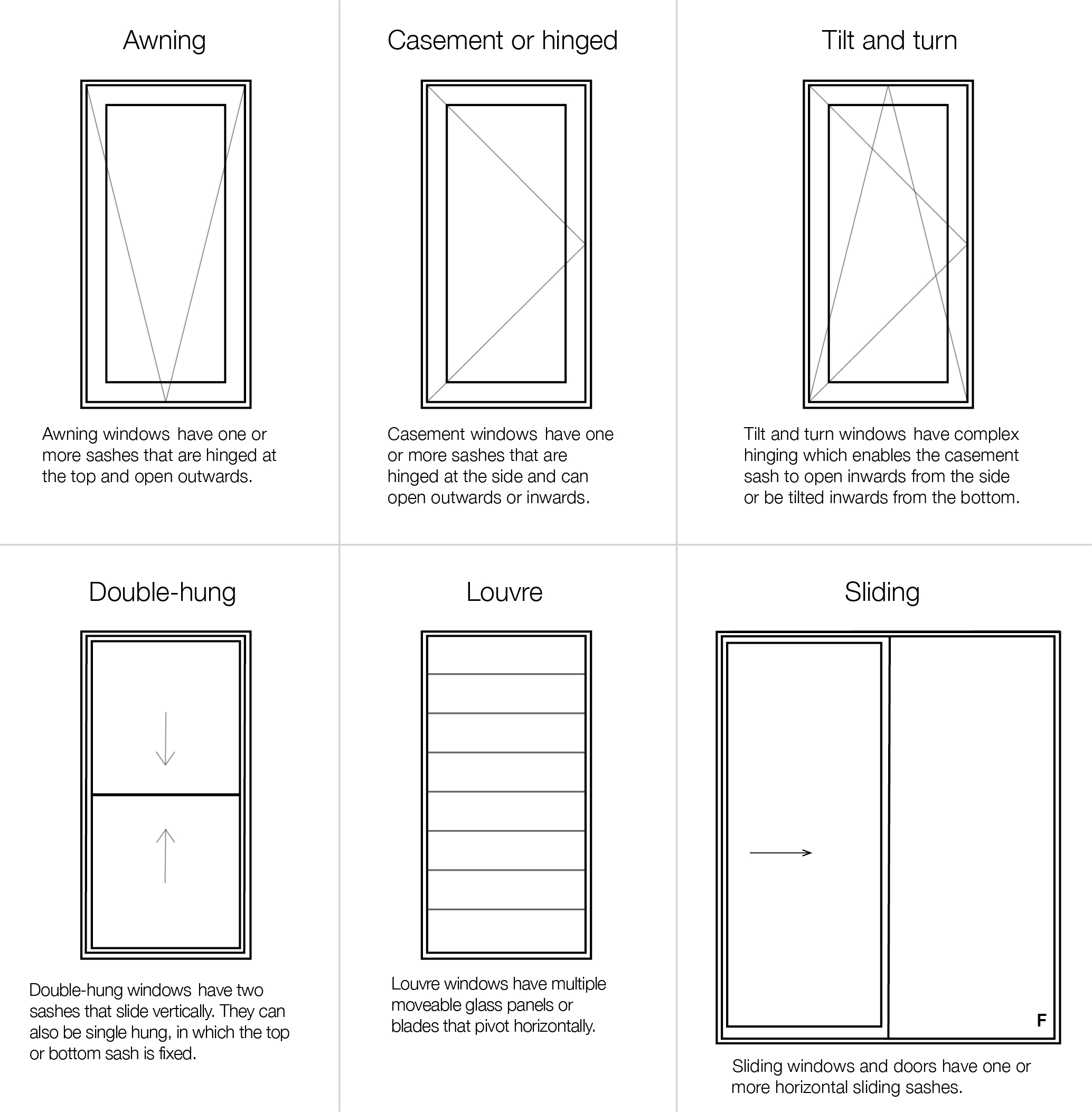All Categories
Featured
Table of Contents
Enjoy Your Summer More With Double Glazed Windows in Glendalough Perth
That window can transmit more solar heat in winter season than in summertime. A west-facing window on a summertime's afternoon has an angle of incidence from near 0 as much as 30 with a big reliable area of solar radiation. A north-facing window, in summertime, has a high angle of occurrence and a low reliable location of solar radiation, so can transmit less heat than a west-facing one.

You can rapidly and easily enhance the thermal efficiency of your home by changing your windows. There are thousands of types of glass and frames to select from.
Single Vs Double Vs Triple - Which Window Is Right For Your ... in Innaloo Western Australia
There are various kinds of glass items to select from. Single glazing uses a single pane of glass. Single glazing with clear glass is not really effective when it comes to heat loss or gain. To enhance efficiency, you can utilize single glazing with a more energy-efficient type of glass such as low emissivity (low-e) glass.
Several layers can be assembled with sealed cavities in between each sheet of glass. IGUs normally use much better energy performance than single glazing, because they send less energy. The energy performance of IGUs also depends on: the residential or commercial properties of each layer of glass. Different glass types (for instance, clear and low-e glass) can be assembled in an IGU.
Why Should You Have Double-glazed Windows This Summer? in Leeming WA

IGU cavities can be filled with air or a more inert, low-conductivity gas such as argon the width of the cavity. Larger cavities supply lower (better) U values, with 12mm generally accepted as the preferred space how well the cavity is sealed.
If argon is set up to the cavity in place of air, wetness is reliably omitted the level of desiccant (drying agent). The spacer (metal or polymer strip) that separates the glass layers consists of a desiccant to absorb any moisture. Inadequate desiccant may cause wetness to condense on the glass surface area in cold conditions, reducing thermal efficiency.
How To Retrofit Your Windows With Double Glazing, And Keep ... in Edgewater Western Australia
In reality, IGUs can deliver better energy performance for all climates, particularly in heated and air-conditioned houses. Cross-section detail of single, double and triple-glazing systems Low emissivity glass (typically referred to as low-e glass) reduces heat transfer. Low-e glass may be either high or low transmission: High transmission low-e glass has a covering that permits daylight from the sun to enter the house to achieve great solar heat gain, but reduces the quantity of the long wavelength infrared heat that can get away back through the window.
Low-e glass has either a pyrolytic finish or a vacuum-deposited thin movie metal finish. Pyrolytic coverings are long lasting and can be utilized for any glazing; vacuum-deposited finishes are soft and are only used within IGUs. Low-e coatings can substantially improve both U worth and SHGC; nevertheless, they must be utilized properly or they will either weaken or stop working to carry out as needed.
What Are Double Glazed Windows? in Mariginup Western Australia
Low-e coatings can be used in mix with clear, toned or reflective glass. Low-e finishes on glazing can minimize heat transfer where required Picture: Department of Industry, Science, Energy and Resources Toned glass has actually colouring additives consisted of throughout manufacture. It is readily available in different colours, usually bronze, grey, blue and green.
Table of Contents
Latest Posts
Double Glazing Vs. Triple Glazing: Which Is Worth It? in Koondoola WA
Fitting A Cabin In Your Garden? Get Double Glazing Fitted Too in Churchlands Western Australia
Why Should You Have Double-glazed Windows This Summer? in Stirling Perth
More
Latest Posts
Double Glazing Vs. Triple Glazing: Which Is Worth It? in Koondoola WA
Fitting A Cabin In Your Garden? Get Double Glazing Fitted Too in Churchlands Western Australia
Why Should You Have Double-glazed Windows This Summer? in Stirling Perth